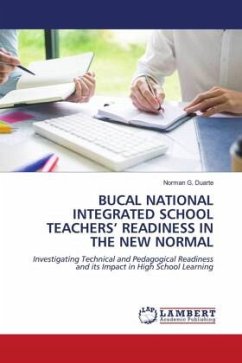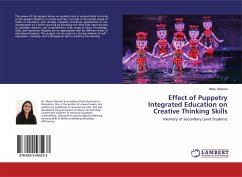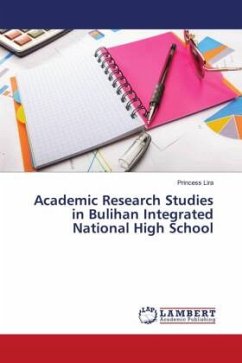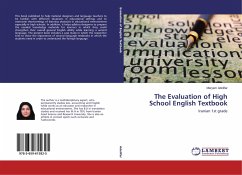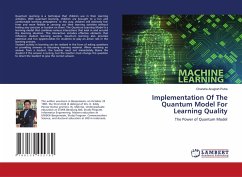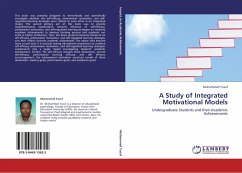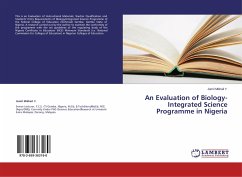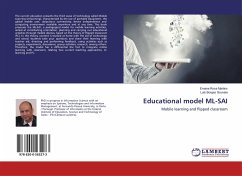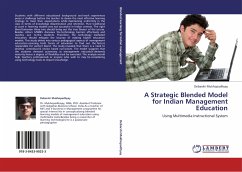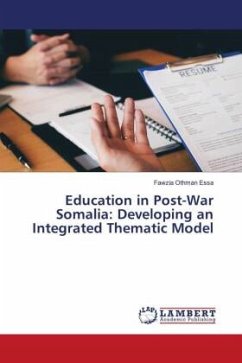
Education in Post-War Somalia: Developing an Integrated Thematic Model
Versandkostenfrei!
Versandfertig in 6-10 Tagen
68,99 €
inkl. MwSt.

PAYBACK Punkte
34 °P sammeln!
Somalia collapsed into civil war In January 1991, Kaptejins (2013) asserts that the civil war was essentially a "cleansing war". After the civil war and state collapse, cultural identity disintegrated (Hohne, 2006), political identity became dominant in serving the state agenda as states re-emerged- state of Somaliland in the northwest, Puntland in the Northeast, and Central Southern Somalia (Banaadir) . Each state reinforced clan identity as the Isaaq in Somaliland (self-declared republic), the Majertin (Darood) in Puntland, and Hawiye in Banaadir zone.The long period of war and absence of a ...
Somalia collapsed into civil war In January 1991, Kaptejins (2013) asserts that the civil war was essentially a "cleansing war". After the civil war and state collapse, cultural identity disintegrated (Hohne, 2006), political identity became dominant in serving the state agenda as states re-emerged- state of Somaliland in the northwest, Puntland in the Northeast, and Central Southern Somalia (Banaadir) . Each state reinforced clan identity as the Isaaq in Somaliland (self-declared republic), the Majertin (Darood) in Puntland, and Hawiye in Banaadir zone.The long period of war and absence of a national government overwhelmed the education system, especially the school curriculum. There was no national curriculum after the state collapse in 1991 (Cassaneli &Abdikadir, 2008; Hussein, 2015; UNESCO, 2008). Religious schools remained the only source of effective early childhood education during the collapsed period. The UNESCO and the UNICEF, and other NGOs played major roles in funding, supervision, and most importantly, providing learning resources and material for students in opened schools.



